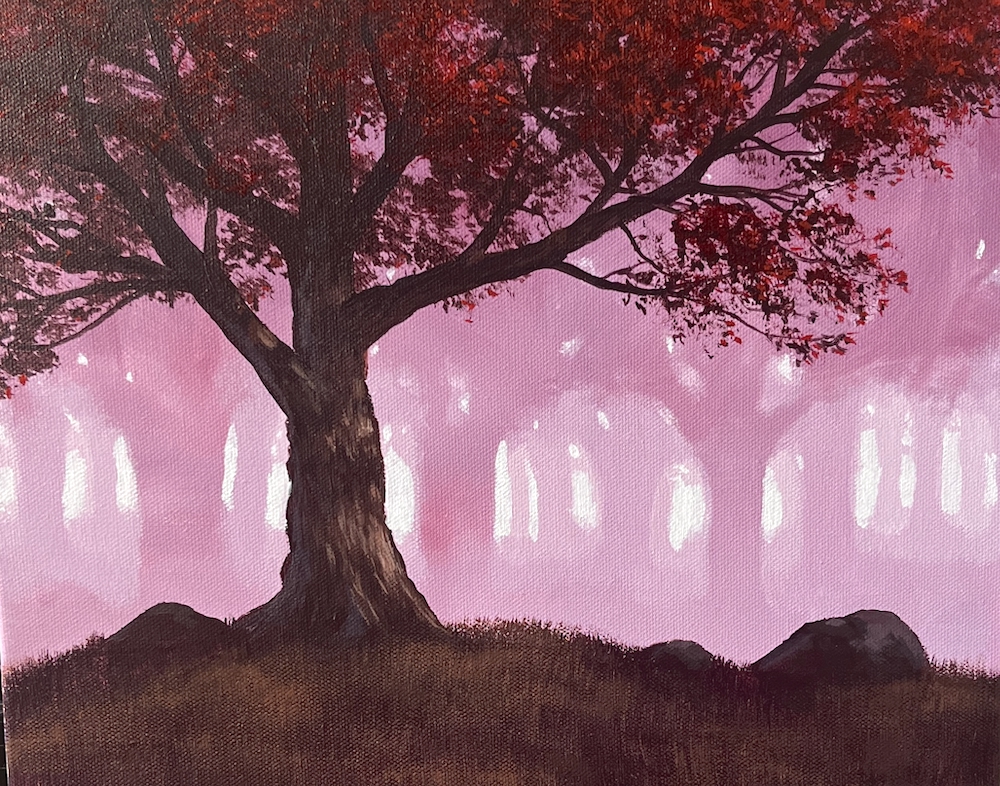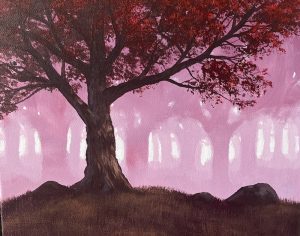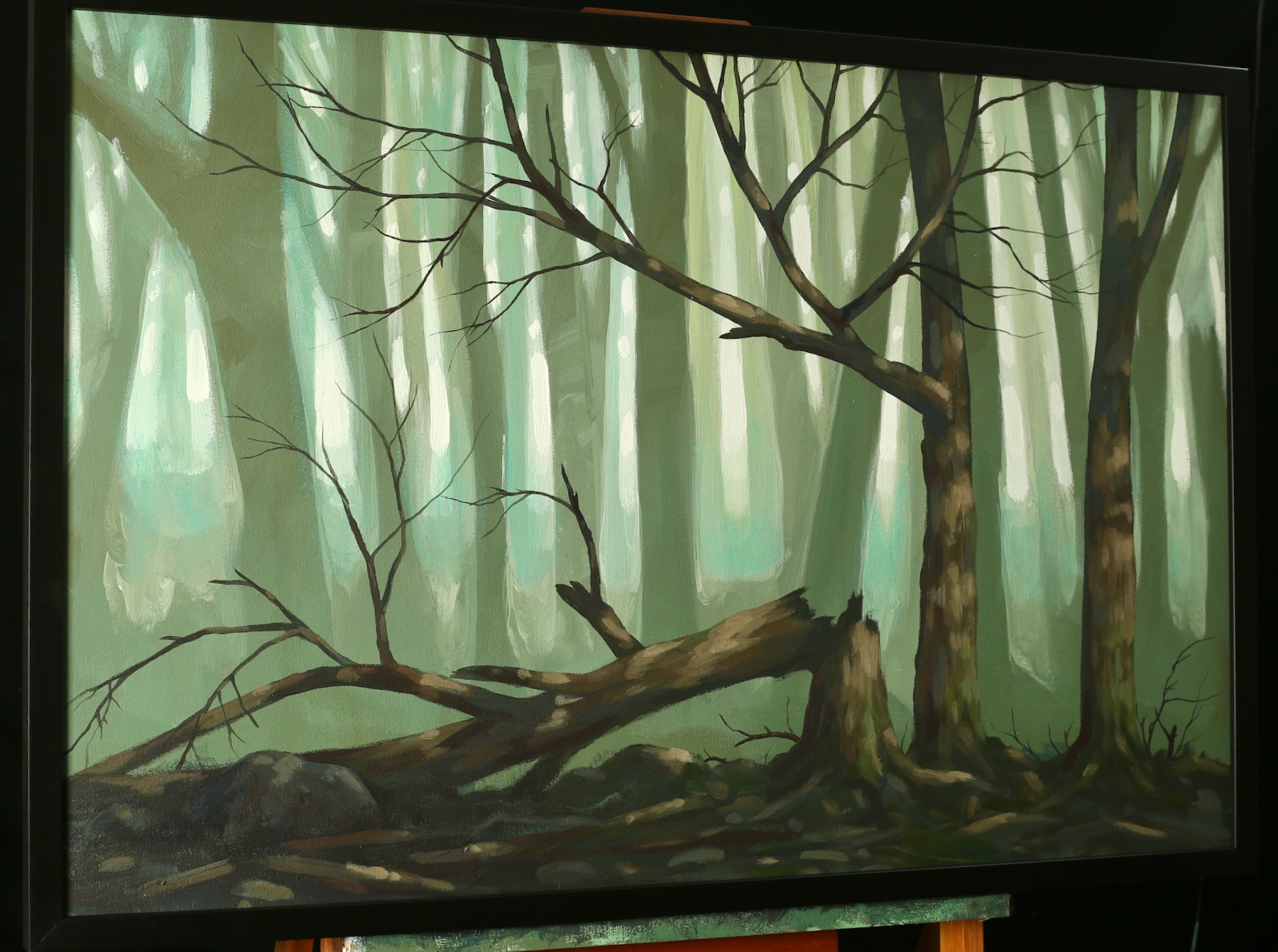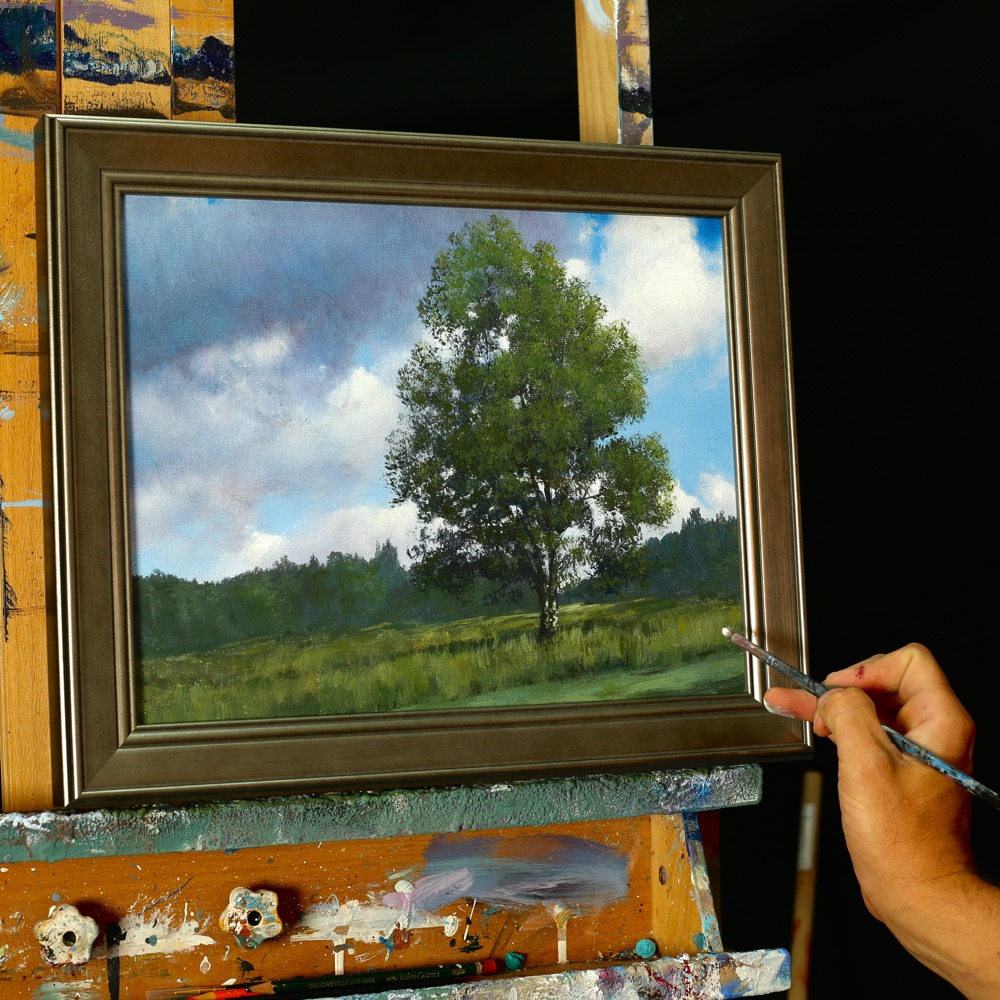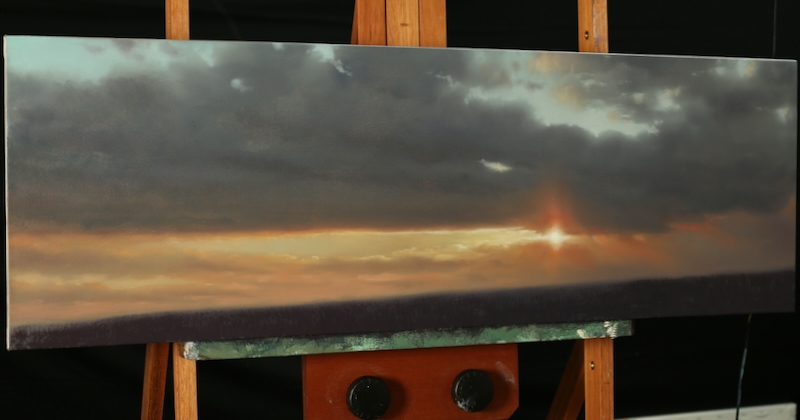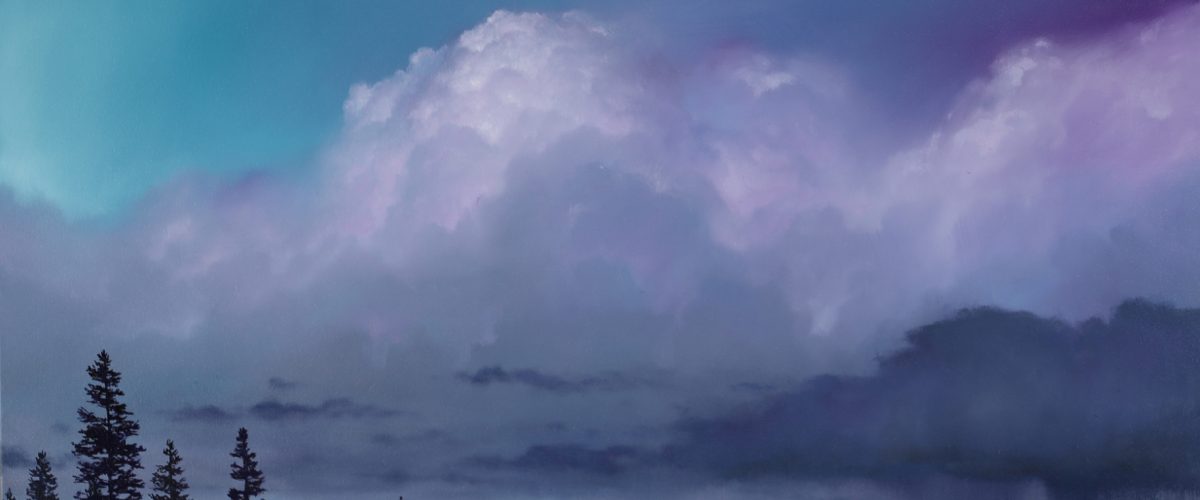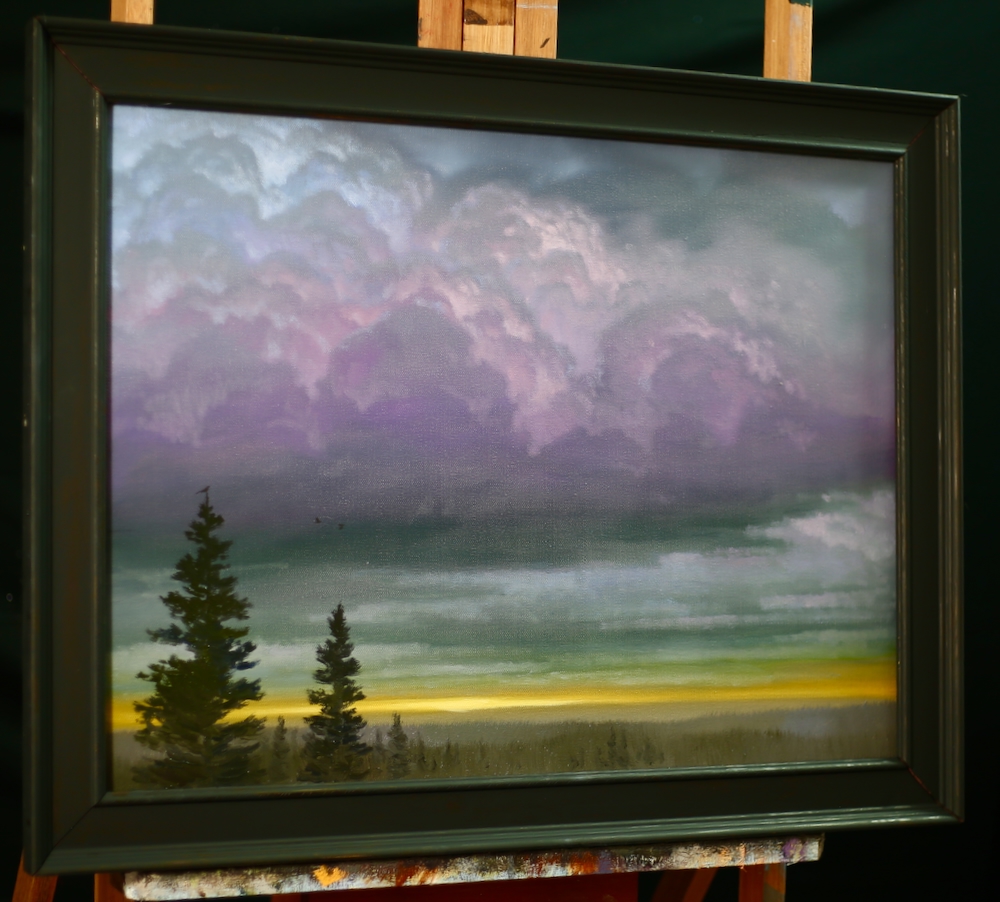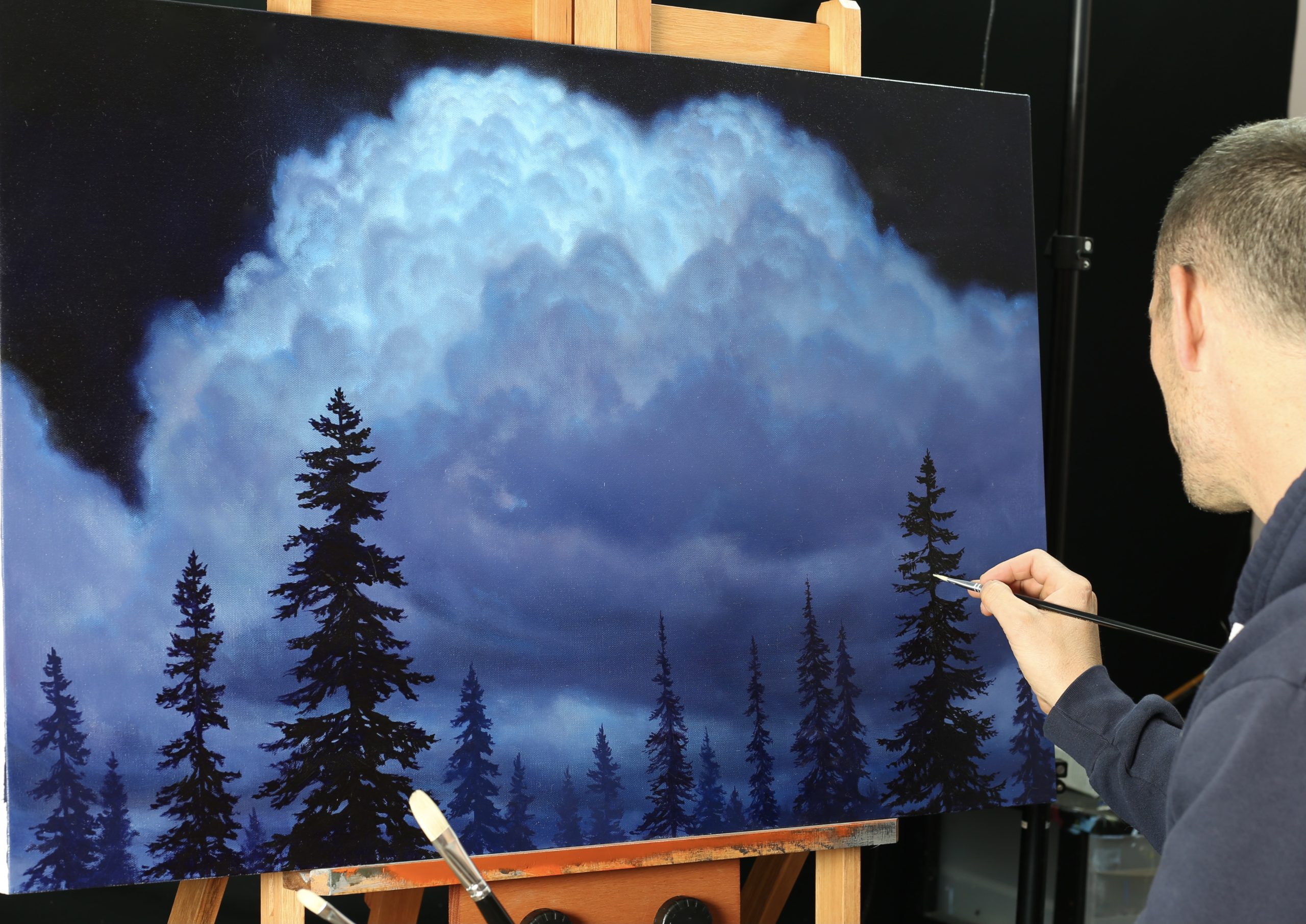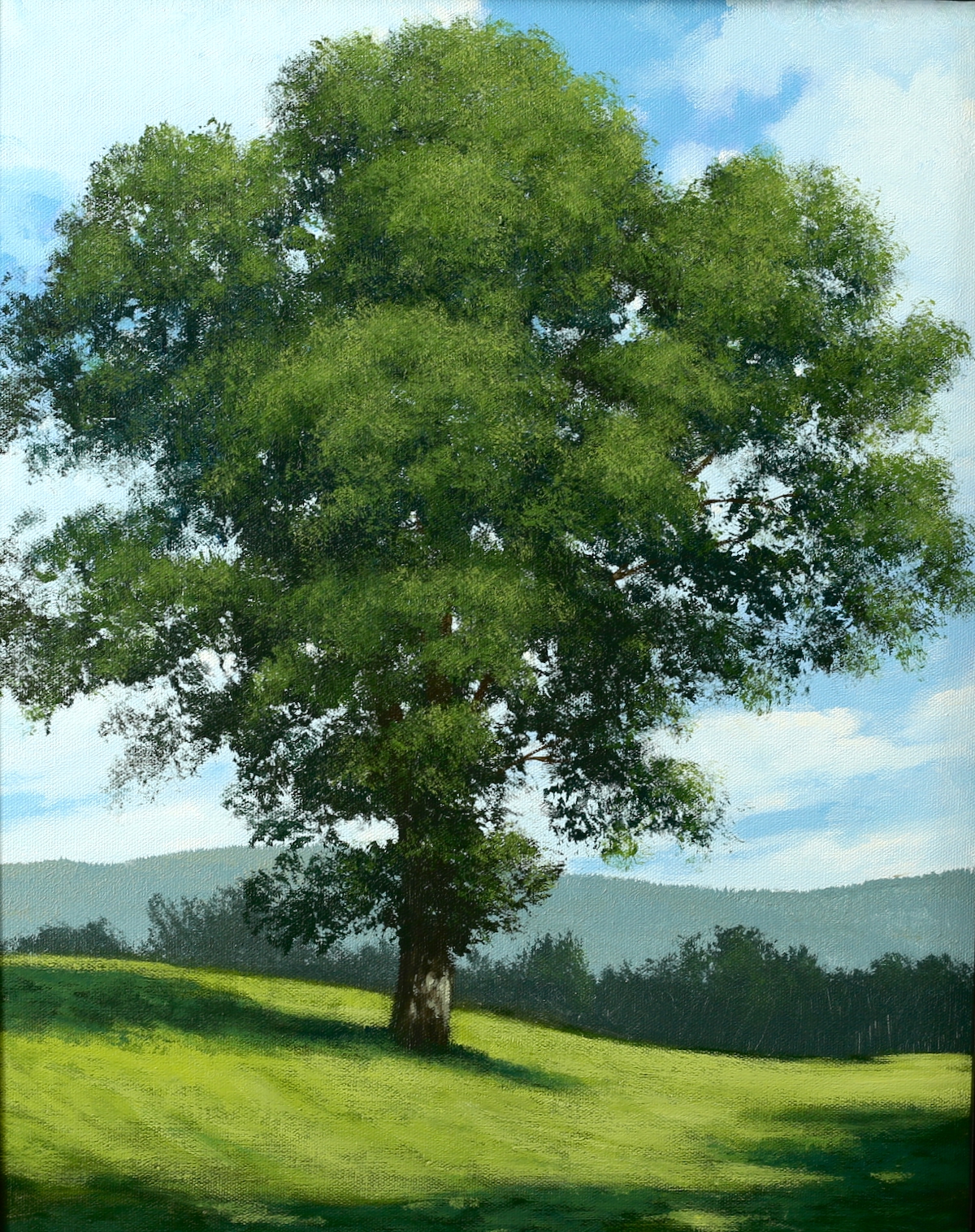REPLAY – Misty Forest Painting in Acrylic
On April 22, 2023 I conducted a live painting workshop via ZOOM. This type of interactive lesson is something that is a part of my membership program. I conduct two live painting workshops per month on a variety of subject matter. I paint in both oil and acrylic in these workshops.
JOIN THE MEMBERSHIP PROGRAM FOR UNLIMITED LIVE WORKSHOPS
I think you will have a lot of fun joining in on these live workshops, and hope to see you as a member after you watch the below video. As a member you get to join any of these workshops you would like, and you also get instant access to over 200 lessons that you can watch anytime on your schedule. Join the membership program here: https://www.timgagnon.com/shop/online-lessons/tim-gagnon-studio-membership/
If you prefer a monthly payment setup for the membership program, and get all the same benefits you can join here: https://www.timgagnon.com/shop/uncategorized/tim-gagnon-studio-membership-monthly-payment-plan/
Colors Used: Alizarin Crimson, Raw Umber, Titanium White, Camium Red Medium, Yellow Ochre
Canvas Size: 11 X 14 (inches)
Brushes Used: https://www.timgagnon.com/product-category/brushes/
Workshop Video Password: 634555
Finished Image:

